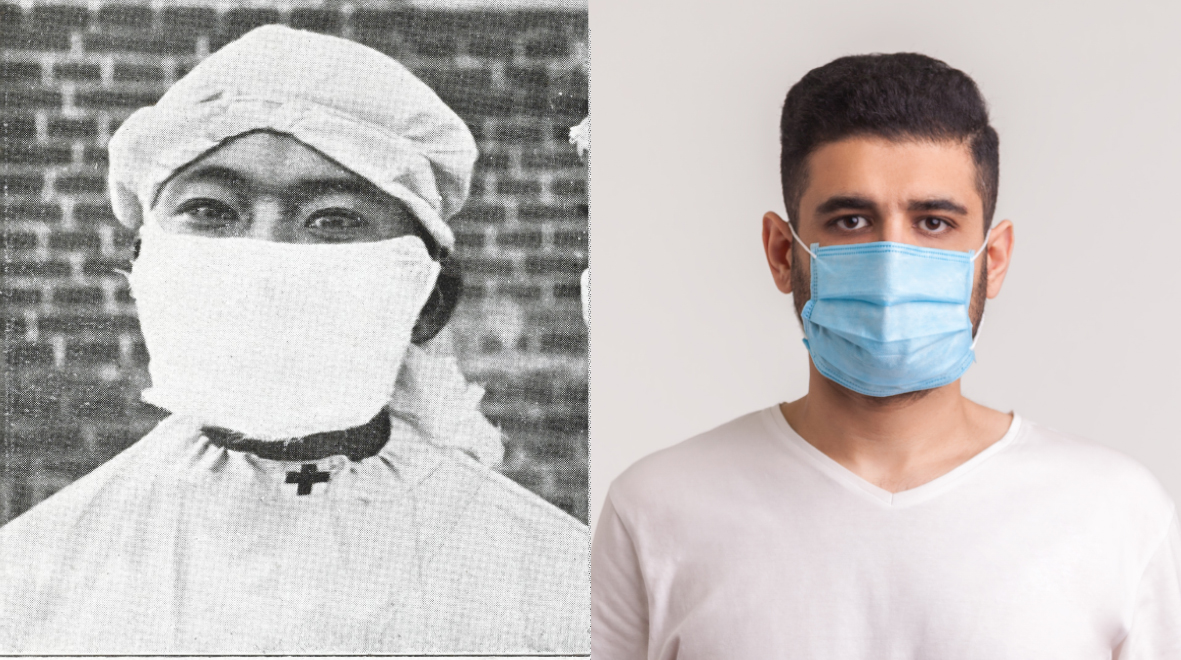
What happens when industrial technology meets nature? A French invention of the 1830s, the compressed air bath capitalised on the allure of ‘pure countryside air’ to treat a range of respiratory problems. Dr Jennifer Wallis, Medical Humanities Teaching Fellow, explores the fascinating history of these baths and their therapeutic uses in mid-Victorian Britain.
During the summer holiday season, many of us will have taken a break to recharge our batteries. Whether it’s gazing out over a clear blue sea or hiking through a forest, connecting with nature is often a key component of our holidays.
Tourists in the 19th century sought a similar experience. They yearned to escape the crowded city or the routines of home to immerse themselves in a new environment. The era is most associated with the seaside resort, which grew in popularity as the railway network expanded. But many Britons were also choosing to follow in the footsteps of their eighteenth-century ancestors by visiting spa towns like Malvern. Spa towns were renowned for their health benefits, from the freshness of the air to the energising effect of the mineral waters. Hotels and resorts sprung up in spa towns to cater for the health-seeking hordes.
One such resort was the Ben Rhydding Hydropathic Establishment in Ilkley, Yorkshire. It cashed in on a contemporary interest in hydropathy, a treatment regime based on baths and showers. Ben Rhydding offered its visitors a variety of activities to supplement these treatments: bowling greens, dances, and guided walks of local beauty spots. It also offered a rather unusual experience for the health-seeking tourist, one that used air rather than water: a compressed air bath.
